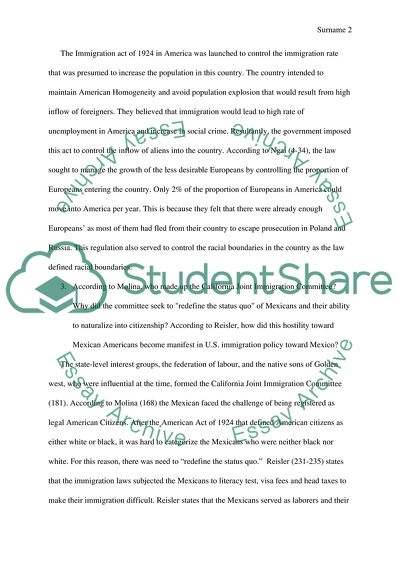Cite this document
(America and Immigration Essay Example | Topics and Well Written Essays - 1750 words, n.d.)
America and Immigration Essay Example | Topics and Well Written Essays - 1750 words. https://studentshare.org/history/1809175-america-and-immigration
America and Immigration Essay Example | Topics and Well Written Essays - 1750 words. https://studentshare.org/history/1809175-america-and-immigration
(America and Immigration Essay Example | Topics and Well Written Essays - 1750 Words)
America and Immigration Essay Example | Topics and Well Written Essays - 1750 Words. https://studentshare.org/history/1809175-america-and-immigration.
America and Immigration Essay Example | Topics and Well Written Essays - 1750 Words. https://studentshare.org/history/1809175-america-and-immigration.
“America and Immigration Essay Example | Topics and Well Written Essays - 1750 Words”. https://studentshare.org/history/1809175-america-and-immigration.


